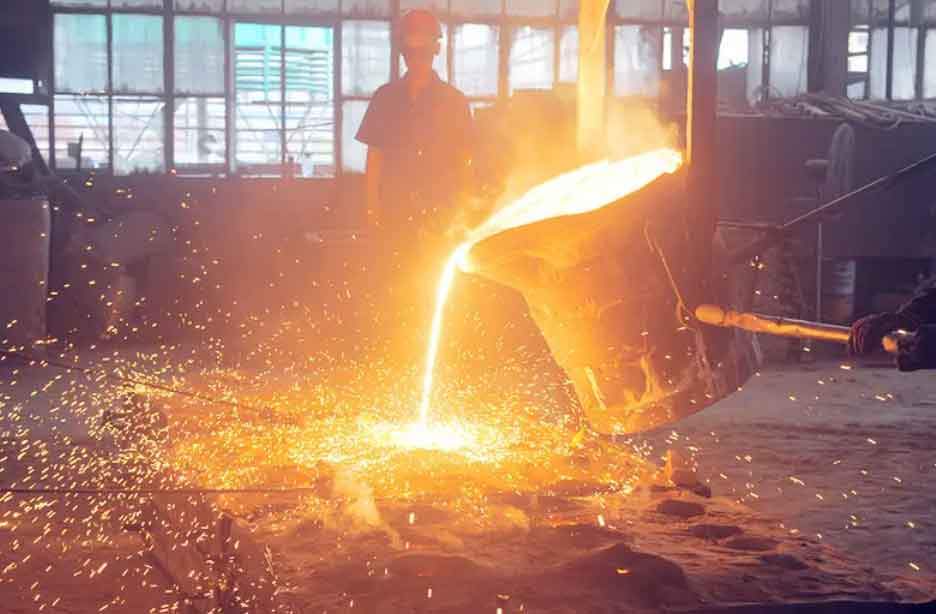There are two kinds of sodium silicate sand processes, CO2 sodium silicate sand process and ester hardened sodium silicate self hardening sand process. CO2 sodium silicate sand process molding materials are cheap and come from a wide range of sources, and unimportant cavities can not be painted. They only need to be painted in a small area in key overheated areas, which has great cost advantages; Since the production speed of large-scale shaking frame and small-scale shaking frame (CO2) can not only meet the production speed of steel castings, but also meet the high strength of steel castings.
Deficiencies of CO2 sodium silicate sand process:
① The dimensional accuracy of the cavity is not high, so it is difficult to adapt to the motor shell products with high dimensional accuracy and other products with high dimensional requirements, which can not meet the product design requirements.
② When CO2 is transported from the glass mold to the liquid mold, it is easy to change from the liquid mold to the gaseous mold. When CO2 is used at room temperature, the pipeline will not be fully cooled due to the rapid conversion of CO2 from the liquid mold to the gaseous mold. When CO2 is transported from the glass mold to the gaseous mold, the pipeline will not be fully cooled, which will often lead to the low heat absorption rate, Moreover, due to insufficient sand mold reaction and impervious hardening, sand casting defects such as box expansion will occur in the pouring process.
③ The sand mold is easy to absorb moisture and produce pulverization, and the cast parts are easy to produce pore defects.
④ The amount of sodium silicate added is relatively high, ranging from 7% to 8%. The collapsibility of molding sand after pouring is very poor, and it is difficult to clean castings. Especially for sand castings with complex shapes, the cleaning efficiency is low, the labor intensity is high, the environment is bad, it has a great impact on the health of operators, there are many occupational diseases, and the cleaning cost is high.
⑤ The waste of old sand causes great pollution to the ecological environment.
The above problems have existed for a long time in the use of CO2 sodium silicate sand process, which seriously restricts the application and development of sodium silicate sand process. In order to maximize the problems existing in sodium silicate sand process, foundry workers at home and abroad have made arduous efforts and developed many new processes and materials after decades of development and research, For example, the physicochemical modification of water glass or the modified water glass or collapsing agent made of special added materials, the cleaning adopts water explosion (bath) sand cleaning and 70 sand (limestone sand). These methods meet the urgent needs of production at that time to a certain extent, and many processes are still used today, but they can not fundamentally solve the problem. The addition amount of water glass remains high, the solution of collapsibility is limited, the regeneration of old sand is difficult, and the sand casting quality is poor.

